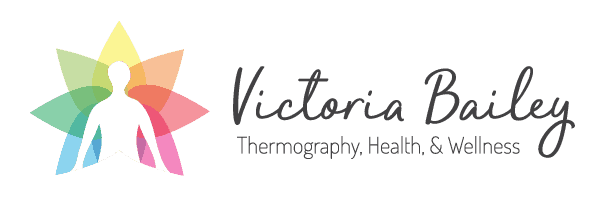In the United States alone, 1 in 8 women will develop breast cancer during their lifetime. That number is shocking. However, it is estimated that early detection can increase the survival rate to 95%. Therefore, prioritizing a thermography screening is a smart way to ensure early diagnosis.
Let’s take a look at what thermography is and why this type of screening should be your top choice for monitoring breast health.
What is Thermography?
Thermography is a health screening procedure that uses a special infrared camera with highly accurate heat sensors to detect differentials in temperature in the body. By detecting these temperature changes, thermography can pinpoint abnormalities that are indicators of breast diseases, including cancer, Paget’s disease, and Fibrocystic breast disease.
How does it work?
Two baseline breast scans are conducted to establish a clear picture of your breast physiology, thereafter, annual scans are recommended to closely monitor your breast health.

Benefits of Thermography
- Accuracy: Thermography can accurately and precisely identify the smallest of abnormalities in your breast tissue (as well as spot risk factors for cancer), making it an excellent early detection tool.
- Reliability across age groups: Thermography provides accurate results for women under 50, unlike mammography. A Swedish study published in the Lancet “revealed that the benefits of mammography were limited to women between the ages of 55 and 69” and that “no statistically significant benefits were seen outside the age range of 55 to 69 years.”
- Safe: Thermography does not emit radiation.
- Non-invasive: Thermography does not involve compression or physical contact, and it is both comfortable and painless.
- Can be used on men: 1 in 1000 U.S. men will develop breast cancer during their lifetime. By integrating breast screening into the men’s full-body physical scan, men can stay on top of their breast health.
- Quick and affordable: Thermography appointments take between 30 minutes and 60 minutes.
Other Screening methods
Mammograms are the most common breast examination procedure, used to screen and diagnose cancer. However, they pose serious risks.
- Potentially cancer causing: Mammograms expose you to high doses of radiation, increasing your chance of developing cancer.
- Limiting and painful: Mammograms provide less accurate results for women with dense breast tissue and cannot be used to detect other breast diseases. The breast compression force is also high.
- Unreliable and inaccurate: Research from a Canadian study showed that “mammography misses 10-15 per cent of early breast cancers.” On the other hand, a Swedish study revealed that false positives in women under age 50 was a staggering 86%, resulting in costly over treatment (unnecessary surgeries and follow up testing).
Other breast screening methods include ultrasounds which are good for confirming diagnoses but not detecting breast disease at an early stage, and clinical breast exams which are good for identifying lumps but only when they are big enough to be felt.
Thermography is a comprehensive early detection tool with amazing accuracy and minimal risk. By complementing it with standard screening tools, you can increase your chance of detecting abnormalities before they have the chance to grow.
Schedule your Women’s Breast Health Assessment Scan today and take control of your breast health.




